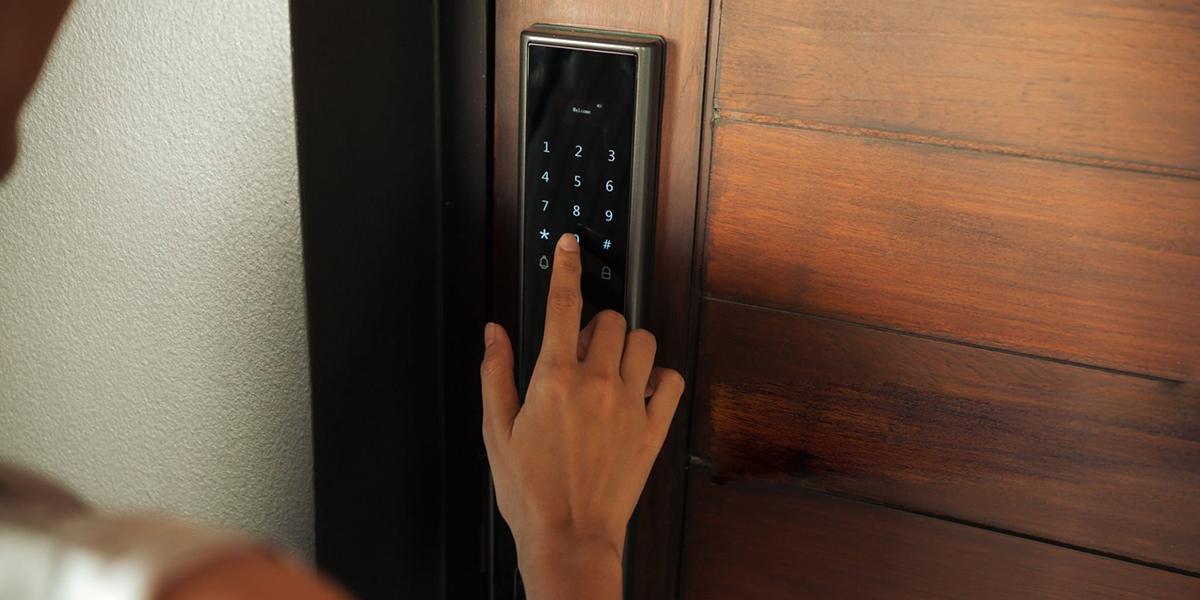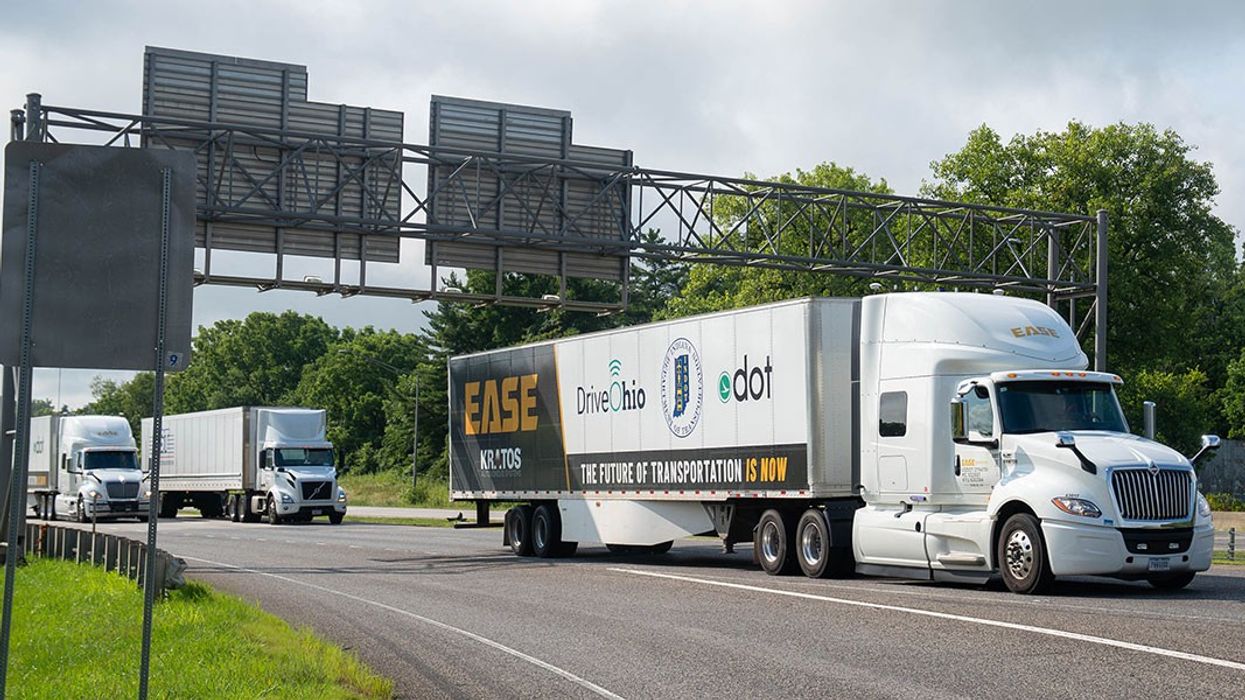Ensuring the security of your home is a top priority for homeowners and renters alike. One of the most effective ways to do this is by using high-security locks. But how do you know if these locks are truly secure? In this article, we will explore how to test high-security locks to ensure they provide the protection you need.

Understanding High-Security Locks
Before diving into testing, it’s essential to understand what makes a lock high-security. These locks are designed to resist various forms of attack, such as picking, drilling, and bumping. They often feature complex keyways and hardened materials.
Types of High-Security Locks
High-security locks come in various forms, including deadbolts, padlocks, and electronic locks. Each type offers unique advantages and testing methods. For more information on different types, you can visit LockWiki.
Why Test High-Security Locks?
Testing your locks ensures they function correctly and provide the intended level of security. Regular testing can help identify vulnerabilities before they become a problem.
Potential Security Threats
Even the best locks can fail due to wear and tear or improper installation. Identifying these issues early can prevent unauthorized access to your home.
Tools Needed for Testing
Testing high-security locks requires specific tools, such as tension wrenches, lock picks, and drills. However, it’s crucial to use these tools ethically and for testing purposes only.
Ethical Considerations
Remember, testing locks without permission is illegal. Always ensure you have the right to test a lock before proceeding.
Step-by-Step Guide to Testing High-Security Locks
Visual Inspection
Start by visually inspecting the lock for any signs of damage or tampering. Check for scratches, dents, or loose components.
Lock Picking Test
Using a tension wrench and lock picks, attempt to pick the lock. High-security locks should resist these attempts, indicating their effectiveness.
Drill Resistance Test
Test the lock’s resistance to drilling by applying pressure with a drill. A high-security lock should withstand this attack due to its hardened materials.
Bump Key Test
Attempt to use a bump key to open the lock. Successful resistance to this method is a positive sign of the lock’s security.
Interpreting Test Results
After testing, analyze the results to determine the lock’s effectiveness. If the lock failed any tests, consider replacing or upgrading it.
When to Replace a Lock
If a lock fails multiple tests, it’s time to replace it with a more secure option. For guidance on selecting new locks, visit High-Security Deadbolt Locks.
Maintaining High-Security Locks
Regular maintenance is crucial for the longevity and effectiveness of high-security locks. Lubricate the lock annually and check for signs of wear.
Professional Maintenance Services
Consider hiring a professional locksmith for routine maintenance. They can identify potential issues and provide expert advice.
Common Misconceptions about High-Security Locks
There are several misconceptions about high-security locks, such as the belief that they are unbreakable. While more secure, no lock is entirely impervious to attacks.
Understanding Limitations
It’s important to understand the limitations of high-security locks and use them as part of a comprehensive security strategy.
Additional Security Measures
Enhancing your home’s security goes beyond locks. Consider using security cameras, alarm systems, and reinforced doors for added protection. Learn more about High-Security Locks with Alarms for integrated solutions.
The Role of Technology in Security
Technological advancements have led to the development of smart locks and security systems, offering additional layers of protection for your home.
Conclusion
Testing high-security locks is a crucial step in ensuring your home’s safety. By understanding how to test and maintain these locks, you can protect your property and loved ones effectively. For more information on advanced lock technology, explore Advanced Lock Technology.

FAQs
What makes a lock high-security?
High-security locks are designed to resist picking, drilling, and other forms of attack. They often feature complex keyways and hardened materials.
Can I test my locks without professional help?
Yes, you can perform basic tests like visual inspections and lock picking tests. However, for more comprehensive testing, consider hiring a professional locksmith.
How often should I test my high-security locks?
It’s recommended to test your locks annually and after any significant events, such as attempted break-ins or severe weather conditions.
This article contains affiliate links. We may earn a commission at no extra cost to you.






